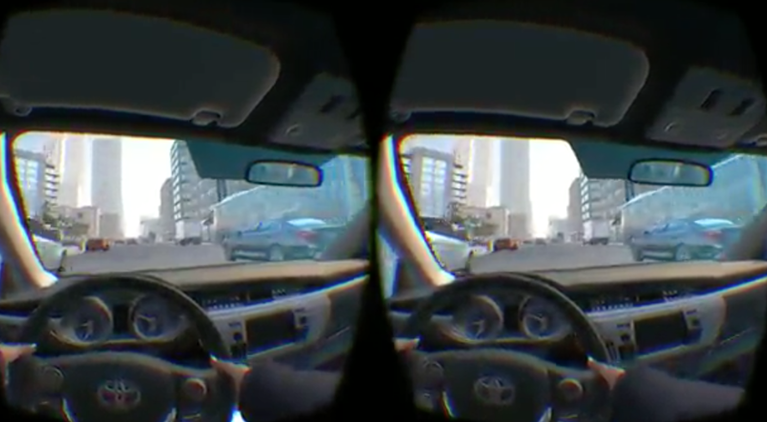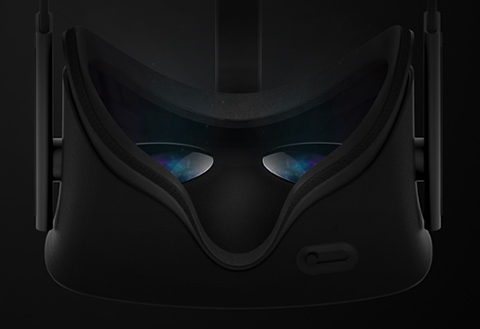Upload Your ResumeEmployers want candidates like you. Upload your resume. Show them you're awesome.
Oculus Rift's New Use: Curbing Car Crashes
Ask people about Oculus Rift, and those who know about the virtual-reality headset will probably tell you that it’s meant for playing video games. A few companies and governments have tested out more practical apps for the platform: the Norwegian Armed Forces, for example, experimented with using Oculus Rift to control real-life tanks. Now Toyota wants to use Oculus Rift to reduce car crashes. At the Detroit Auto Show this week, the carmaker unveiled the TeenDrive365 simulator, which is meant to curb teenagers’ distracted driving by placing them in a virtual vehicle where losing focus for even a second can result in a collision. The Oculus Rift headset not only simulates a busy street filled with sirens and bad drivers, but it also throws in a few virtual passengers who constantly chatter about text messages and directions. (Video of the simulation is available on Toyota’s press Website.) For more virtual reality jobs, click here. Oculus Rift supports 360-degree head tracking and a 100-degree field of view, which makes it an especially immersive way to simulate an environment. But Oculus could find itself facing a lot of competition in the years ahead. At this year’s Consumer Electronics Show (CES) in Las Vegas, a number of companies demonstrated their own takes on virtual-reality goggles, along with an array of VR accessories and development kits. There’s also Google Cardboard, which takes the virtual-reality experience to cheap extremes. If any of these alternative platforms catch on, Oculus Rift won’t be the only way to reliably simulate a virtual world. And if the VR ecosystem becomes large and healthy enough, it’ll drive even more companies to see what they can do with the technology. Who knows what crazy driving simulations could emerge over the next several years?
Image: Toyota



